Disclosure: WoodAndShop.com is supported by its audience. When you purchase through certain links on our site, we may earn a small affiliate commission, at no cost to you. Learn more.
By Joshua Farnsworth
When I got started in woodworking I was incredibly confused about choosing wood. In the above video, and in the article below, I share what I’ve learned about the basics of choosing lumber for woodworking. I want to save you time and head aches in trying to understand lumber!
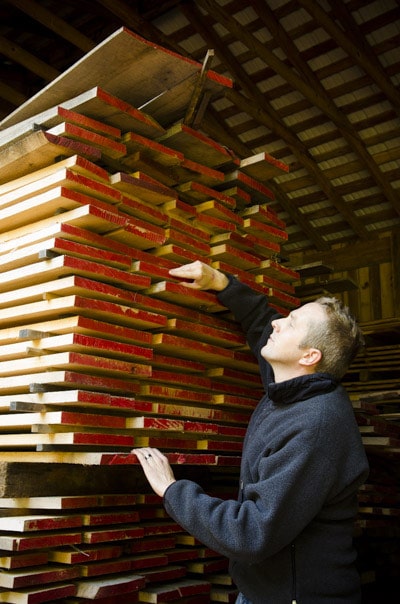
The topic of lumber confused me mainly because I couldn’t find a simple summary of the topic. I found a lot of complex discussions with different terms used by different “experts”. I am by no stretch of the imagination a lumber expert, but I’m very good at simplifying complex topics so that everyone can understand. As a result, this is a simple practical guide to help you understand how wood moves, what wood to buy, how to buy it, and where to buy it.

After you learn the basics from this video and article I encourage you to look at the bottom of this article for a list of links, books, and DVDs that will expand your understanding beyond the scope of this article. But this book is the best resource I have found so far: “Understanding Wood: A Craftsman’s Guide to Wood Technology” by R. Bruce Hoadley.
So let’s get started with the 7 simple steps below!
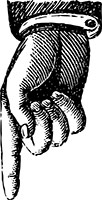
1. CHOOSE HARDWOOD OR SOFTWOOD?
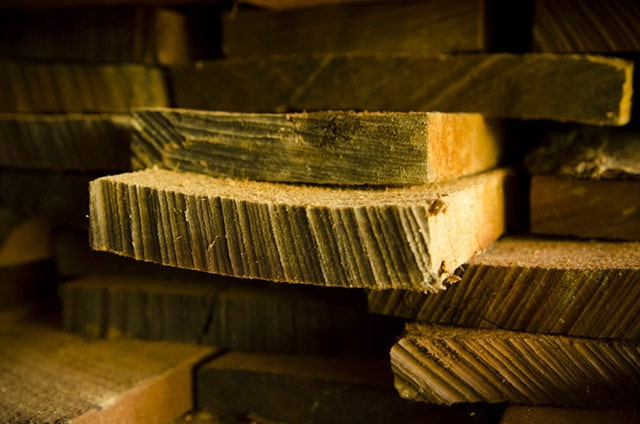
Question: For your woodworking projects, should you choose a hardwood lumber like Hard Maple or Lignum Vitae? Or softwood lumber like Southern Yellow Pine or Red Alder?
Answer: That depends entirely on what you are building.
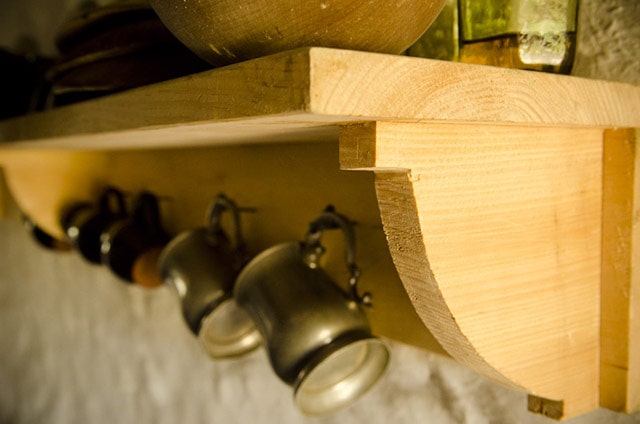
Some projects even require a mix of both hardwoods and softwoods, like a violin or a workbench. For example, violin makers use a soft Spruce for the soundboard and a harder Maple for the back, sides (ribs) and neck.
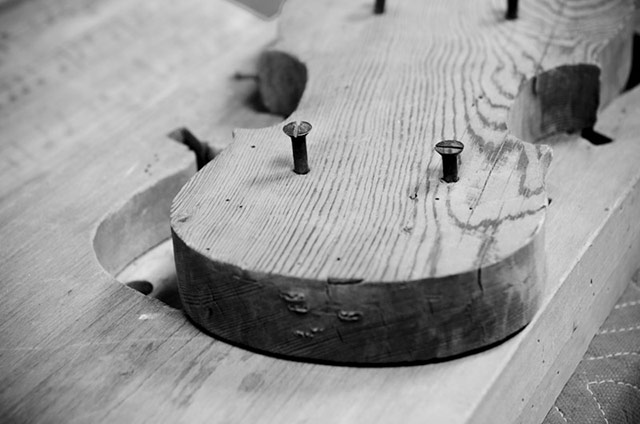
Many craftsmen of the past built the bases of their workbenches with less-expensive pine (softwood) and the tops & vices with hardwoods like beech or maple. The base of the workbench wouldn’t take a beating, so soft pine would work just fine. But the top of the workbench and the vice needed to be more durable.
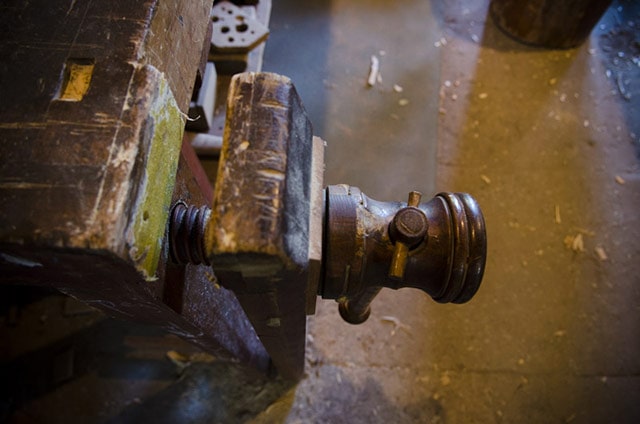
Just use your brain to determine what type of wood you should use on different parts of your furniture.
BOOK: I have found this book to be an incredible guide to choosing different types of wood because it shows beautiful grain patterns & discusses woodworking uses for 400 different woods: “Wood Identification & Use” by Tery Porter.
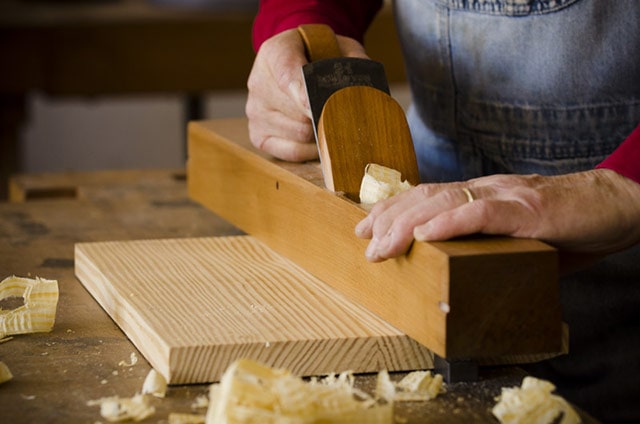
JANKA WOOD HARDNESS TEST?
The lumber industry uses the “Janka hardness test” to test and rate common woods for hardness. The test involves pressing a steel ball to gauge how much pressure each wood species takes to push the ball half way into the wood. You can download my free PDF of the Janka chart here. {If you can’t open a PDF then install the free Adobe PDF Reader here.}
2. CHOOSE DIMENSIONALLY STABLE WOOD WITH VERTICAL END GRAIN
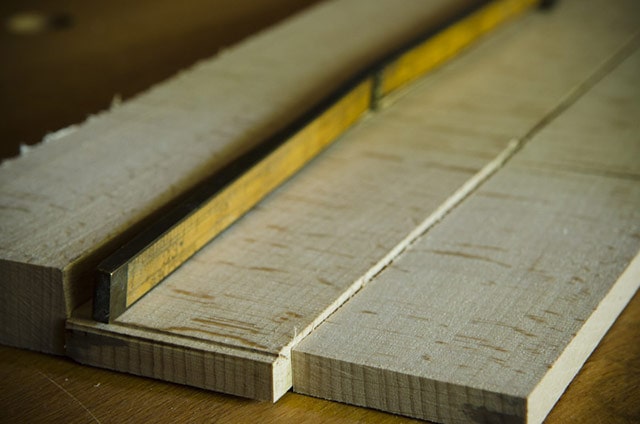
Unless you’re set on having a wildly figurative grain pattern on your furniture, you’re probably going to want to choose the most stable wood possible; especially if you are building fine furniture or woodworking hand tools that need great stability (e.g. hand planes, straight edges, or try squares):
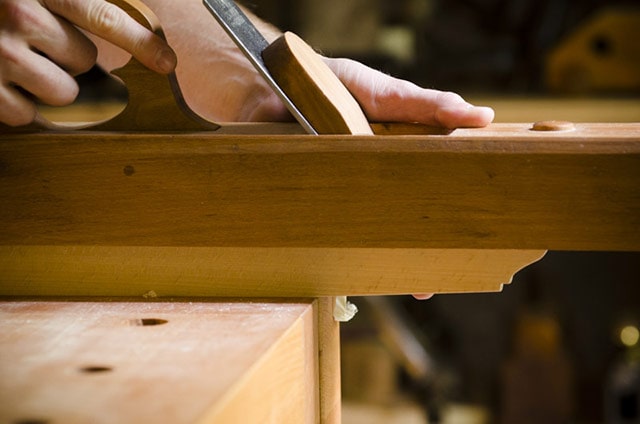
Yes, wood moves when it dries and also with the changes in seasons and location (temperature and humidity). Wood doesn’t really get longer (thank goodness) but it does expand in width as humidity rises:
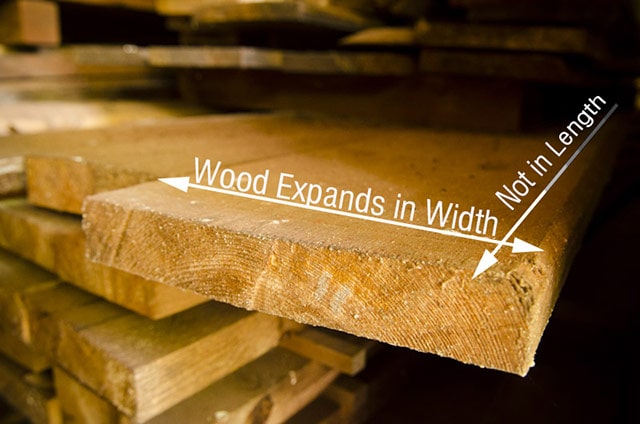
Even if you are using a beautiful (yet unstable) grain pattern on part of your furniture, it’s a good idea to use stable wood on the other parts. For example, look at an old wooden door. The panels usually have more decorative (less stable) wood, but the rails and stiles (parts of the frame) are usually very stable straight grained wood (don’t worry, I’ll clarify “straight grain” below).
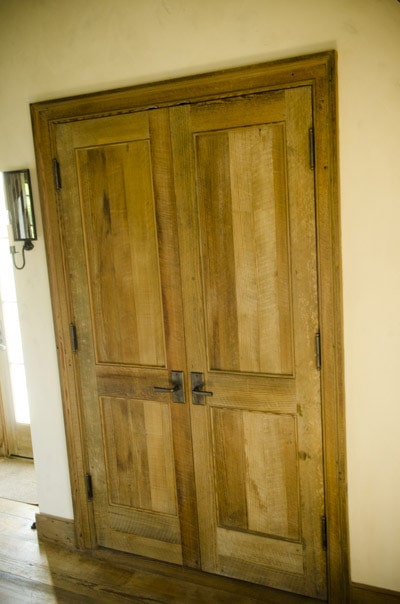
So the key is to find boards that will be as stable as possible during those changes in humidity. But how do you get wood that has stable “vertical grain”? This is the question that confused me for awhile. The answer is: It all depends on how the wood is milled from the tree. This is what I’ll cover in step 3:

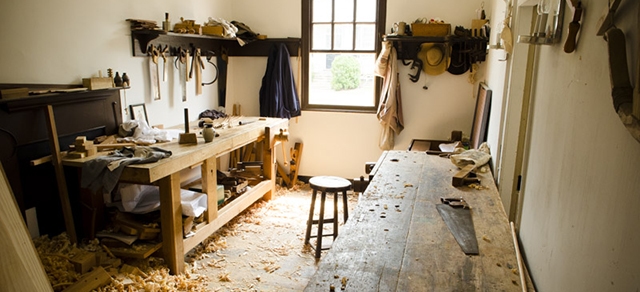
Comprehensive! I’m at the stage of needing to understand how to choose/buy wood, so I will be returning to this often.
Hopefully, you’ll find this for the panel clamp give away. Video: joinery handplanes. Mug: Stanley 45 blue. CA.
Cheers!
Hello Folks:
I have an antique John Deere farm (two flywheel) engine. I want to buy material for two runners and two cross pieces. I need some Oak 4 X4, can you provide it and give me a price per ft. I need (2pieces) about 4feet long and (2) pieces about 2 feet long. please e-mail.
thank you,
Wayne